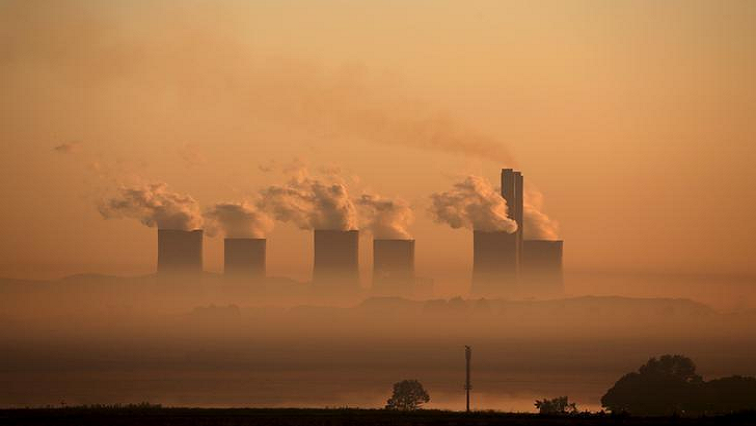The Department of Environment, Forestry and Fisheries says preliminary determinations show the elevated levels of sulphur dioxide and hydrogen sulphide in the air, are most likely to have emanated from the Sasol operation in Secunda. The investigators have engaged all stakeholders including the community around the Sasol Secunda Operations.
The sulphur stench could be detected by people living as far away as Johannesburg.
Department spokesperson Albie Modise says once investigations are complete, a report will be handed to the Minister with recommendations on safety measures.
“The investigators are busy with investigations, they are working on a report. Indications are that the Sasol Secunda operation is believed to be possible source of the sulphur stench. The visit was primarily to get to the bottom of the matter just get a sense of what exactly could have happened; was it an accident, was it deliberate, was it negligence? Section 30 of the National Air Quality Act requests that the company that’s responsible will have to furnish us with mitigation measures that they are going to put in place and that means that based on what was found to be wrong. Then that particular report will indicate how many days they have available to furnish us with those mitigation measures.”
Danger to people
Greenpeace Africa said earlier that elevated levels of sulphur dioxide and hydrogen sulphide are a danger to thousands of people battling COVID-19. On Wednesday, Gauteng Weather had warned children, the elderly and those with pre-existing conditions that the chemicals in the air causing the sulphur stench could be harmful.
⚠️ ALERT: UNHEALTHY AIR QUALITY LEVEL FOR SENSITIVE GROUPS in GAUTENG WEDNESDAY, as SULPHUR STENCH CONTINUES!!!
?HIGH RISK GROUPS:
•Children
•Elderly
•Asthmatics
•Those with lung disease
•Those with heart disease?Air quality levels considered ‘OK’ for healthy adults
— Gauteng Weather (@tWeatherSA) February 17, 2021
Greenpeace Africa’s Thandile Chinyavanhu says people exposed to the pollution should look out for symptoms like nausea and headaches.
“Well it’s a very dangerous pollutant. SO2 it has been linked to a number of symptoms. When you are exposed to it over a short period of time, you may experience feelings of nausea, headaches, irritation to the eyes. But if you have been exposed to this pollutant for a long amount of time, you are likely to have conditions related to asthma, bronchitis, tightness in the chest, difficulty breathing and it has actually been linked to deaths of 3 300 South Africans.”
Mpumalanga biggest contributor to sulphur pollution
Chinyavanhu, says research conducted by Greenpeace has shown that Mpumalanga is in-fact the biggest contributor of sulphur dioxide pollution into the air in Africa.
“Greenpeace Africa has been campaigning against the fossil industry and the contribution it has to the pollutant sulphur dioxide for years now. And it released a number of reports that actually identified Mpumalanga as the largest SO2 hotspot in Africa and the largest SO2 co-combustion driven in the world. These are alarming statistics. So this is just a culmination of all the research that Greenpeace has put out there and being brought to the minds of people right now.”
– Additional reporting by Sashin Naidoo.






